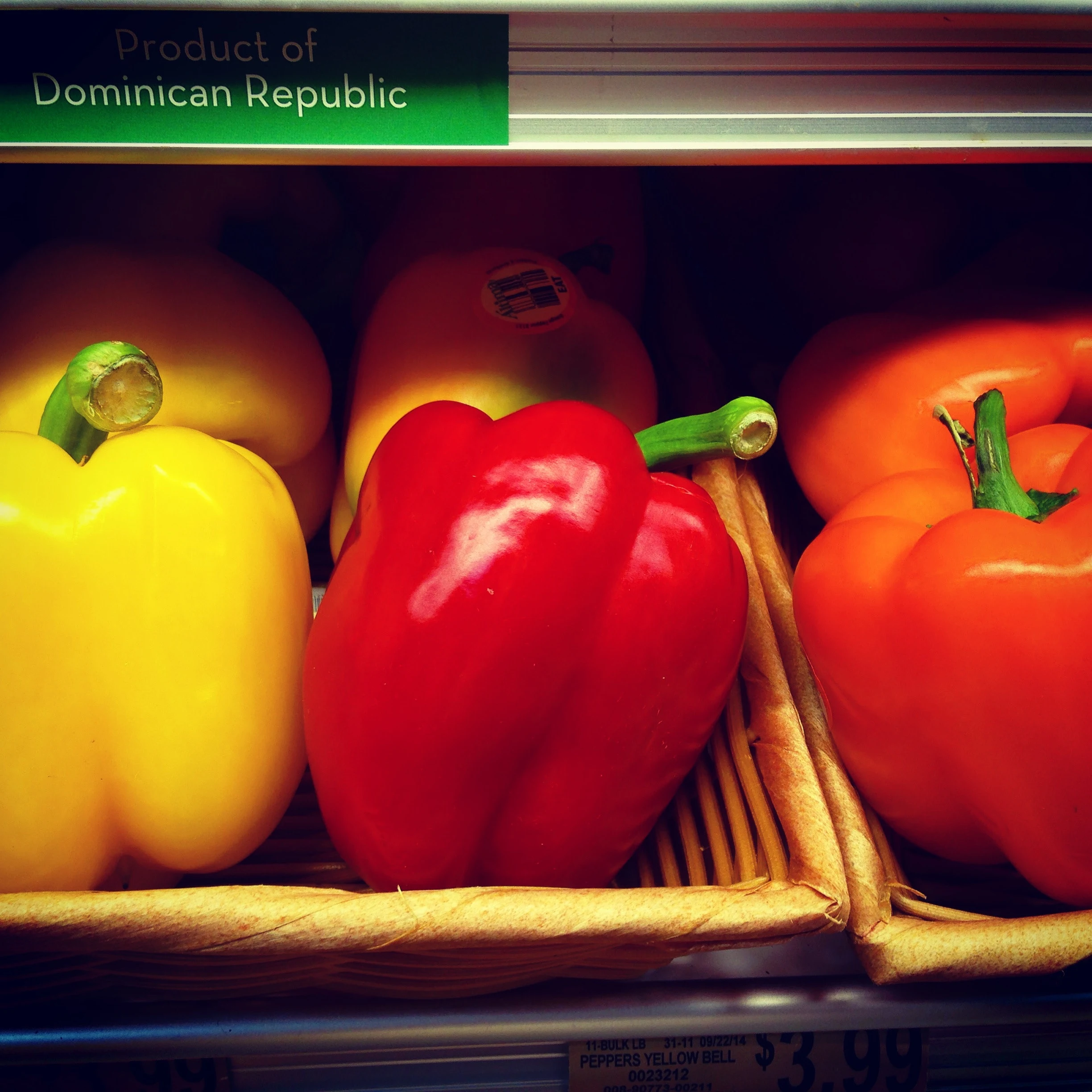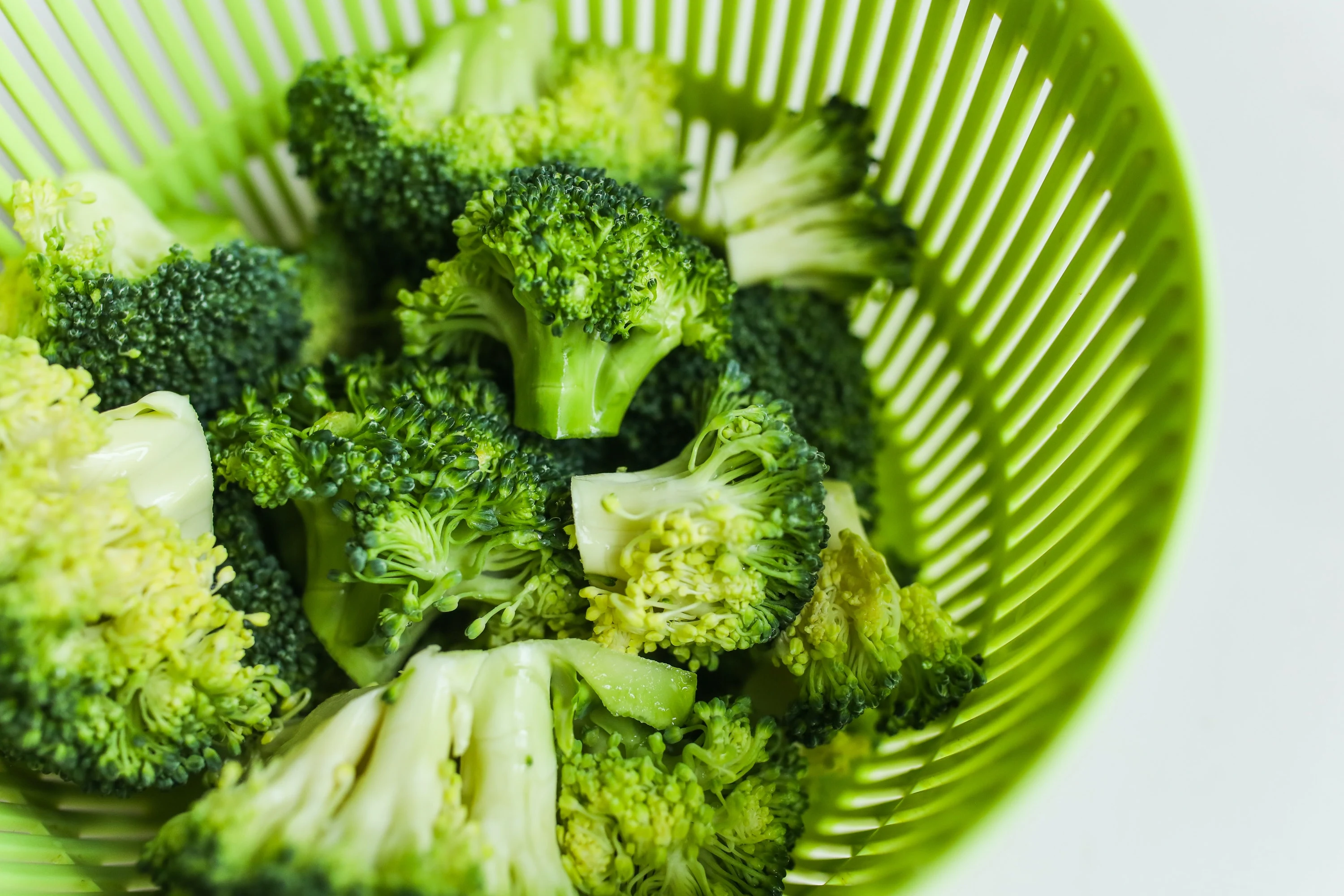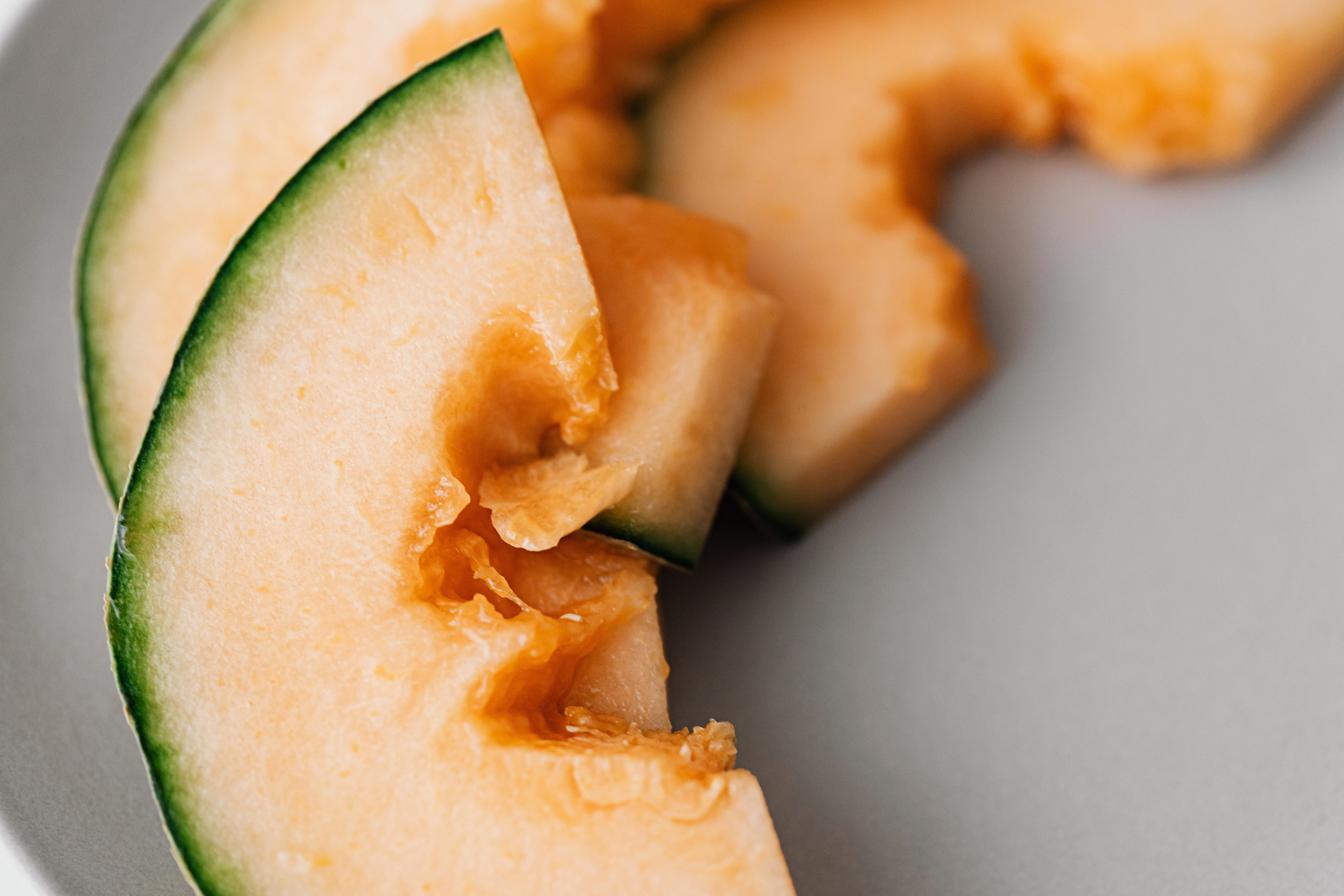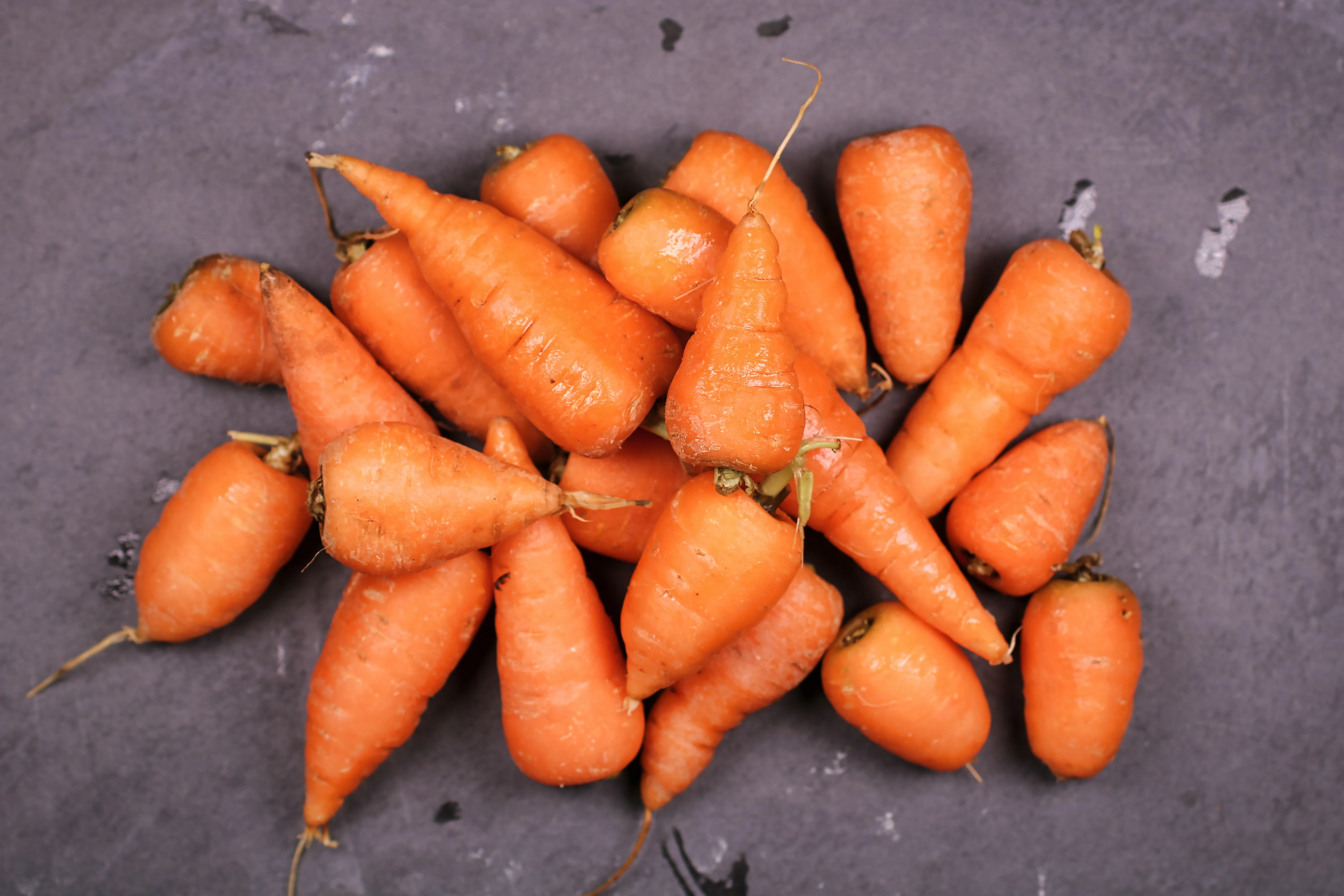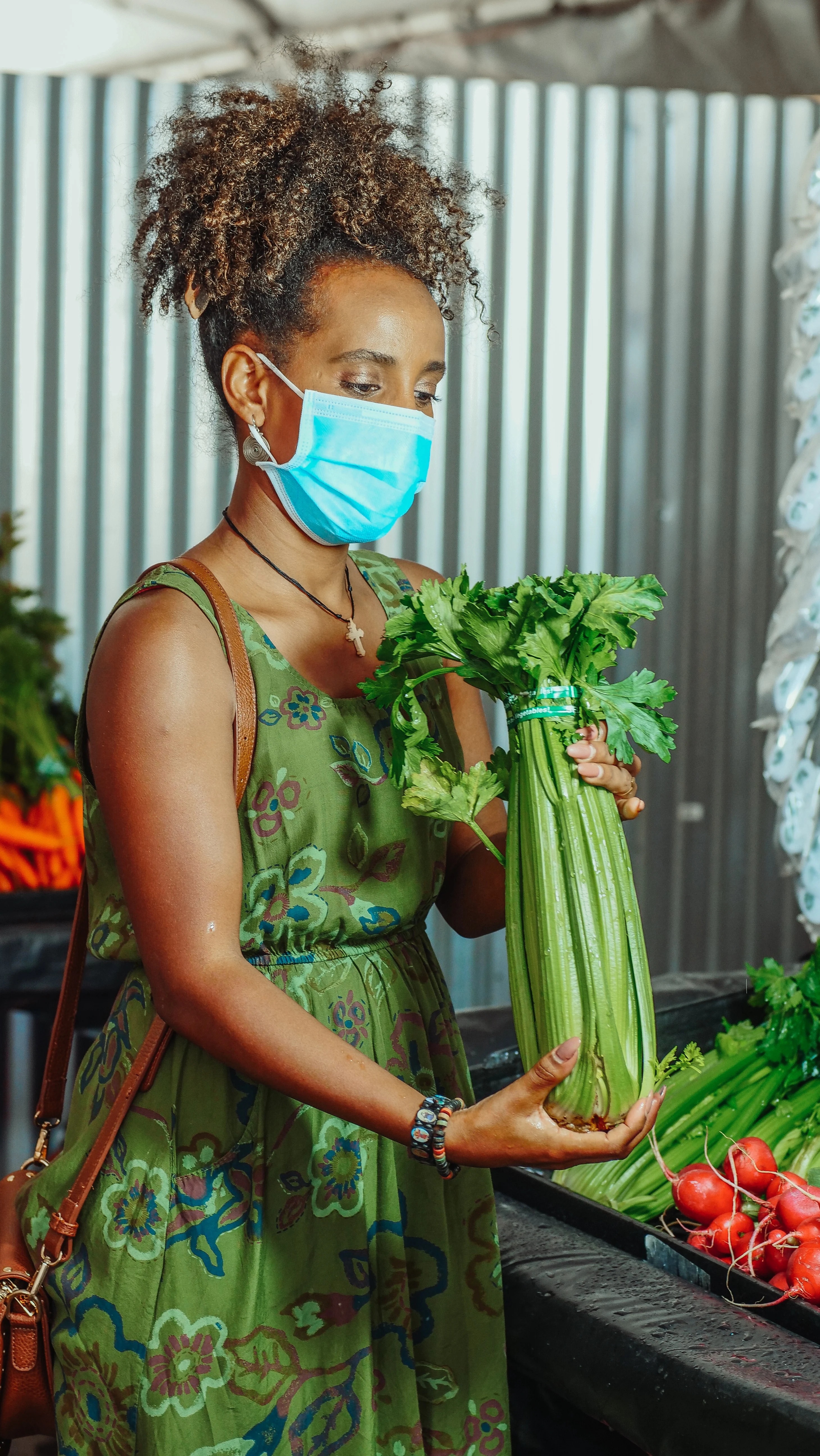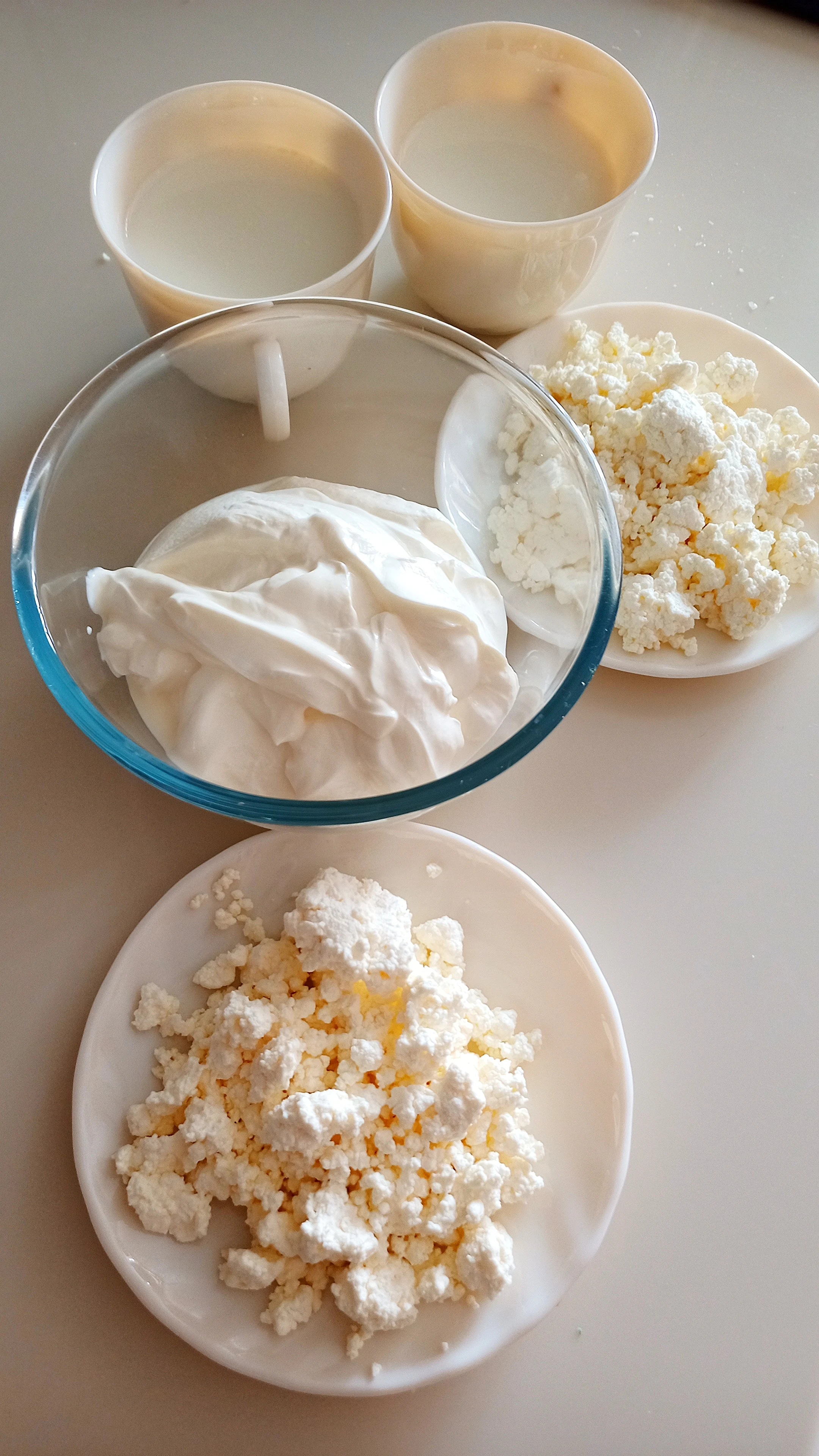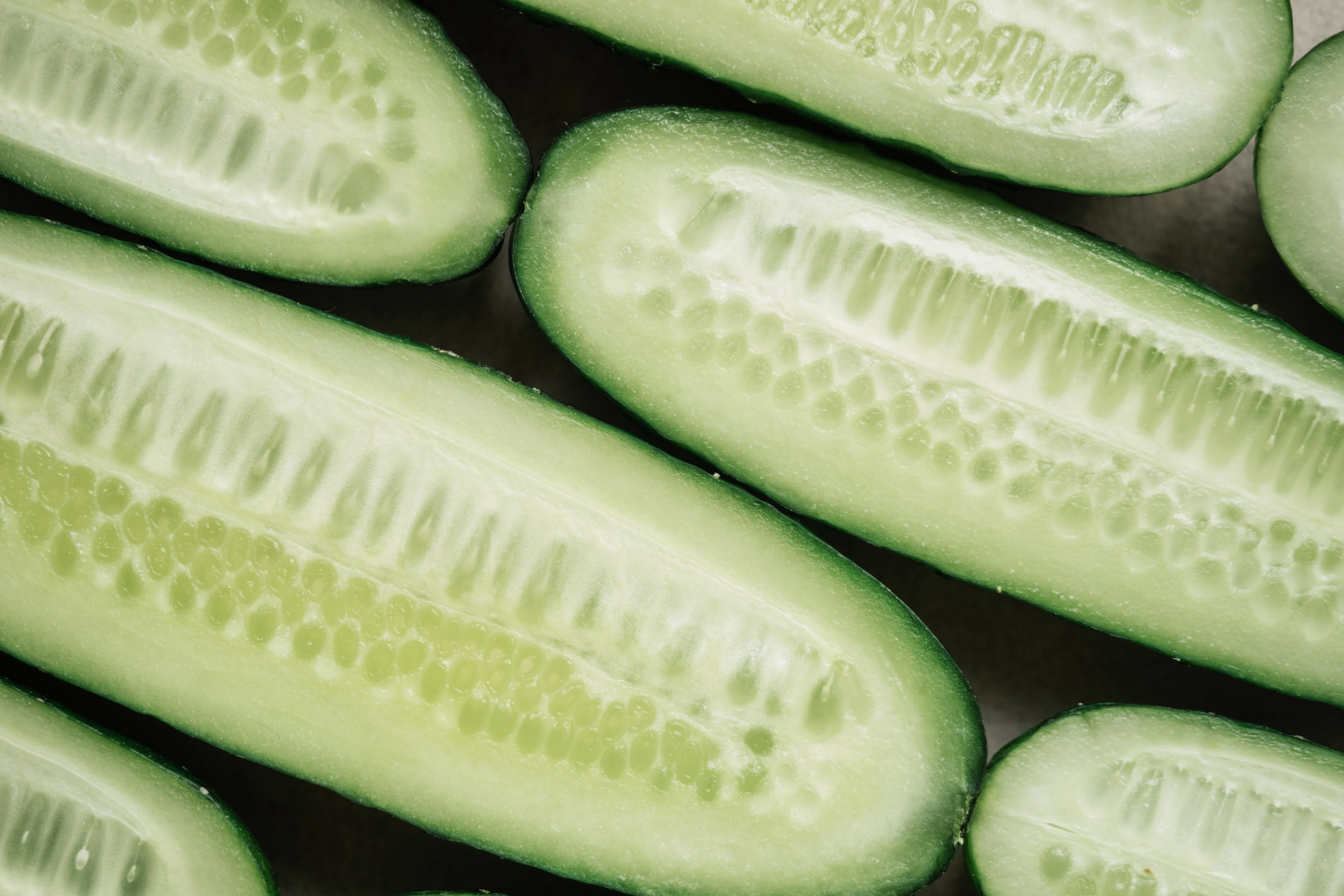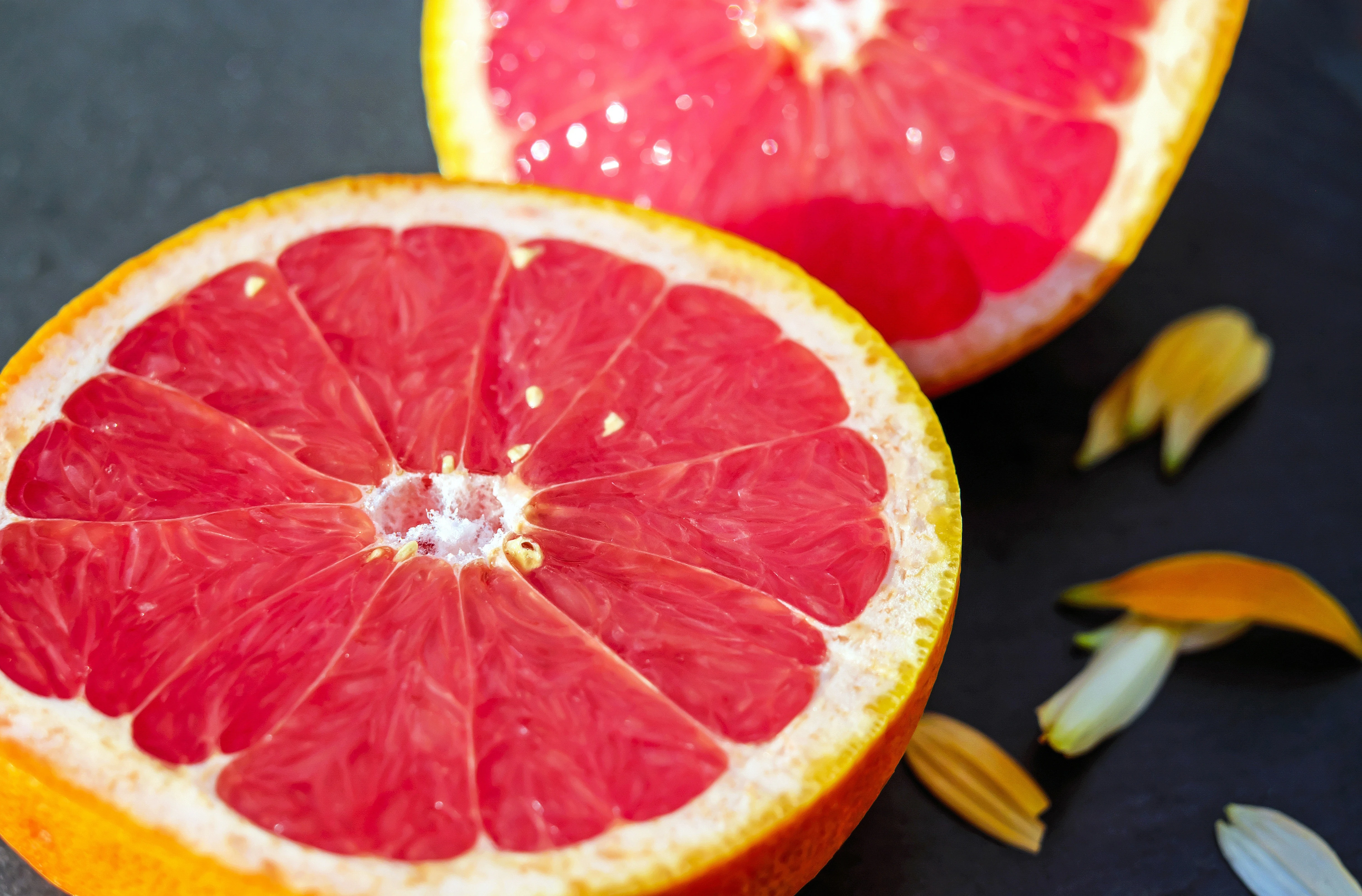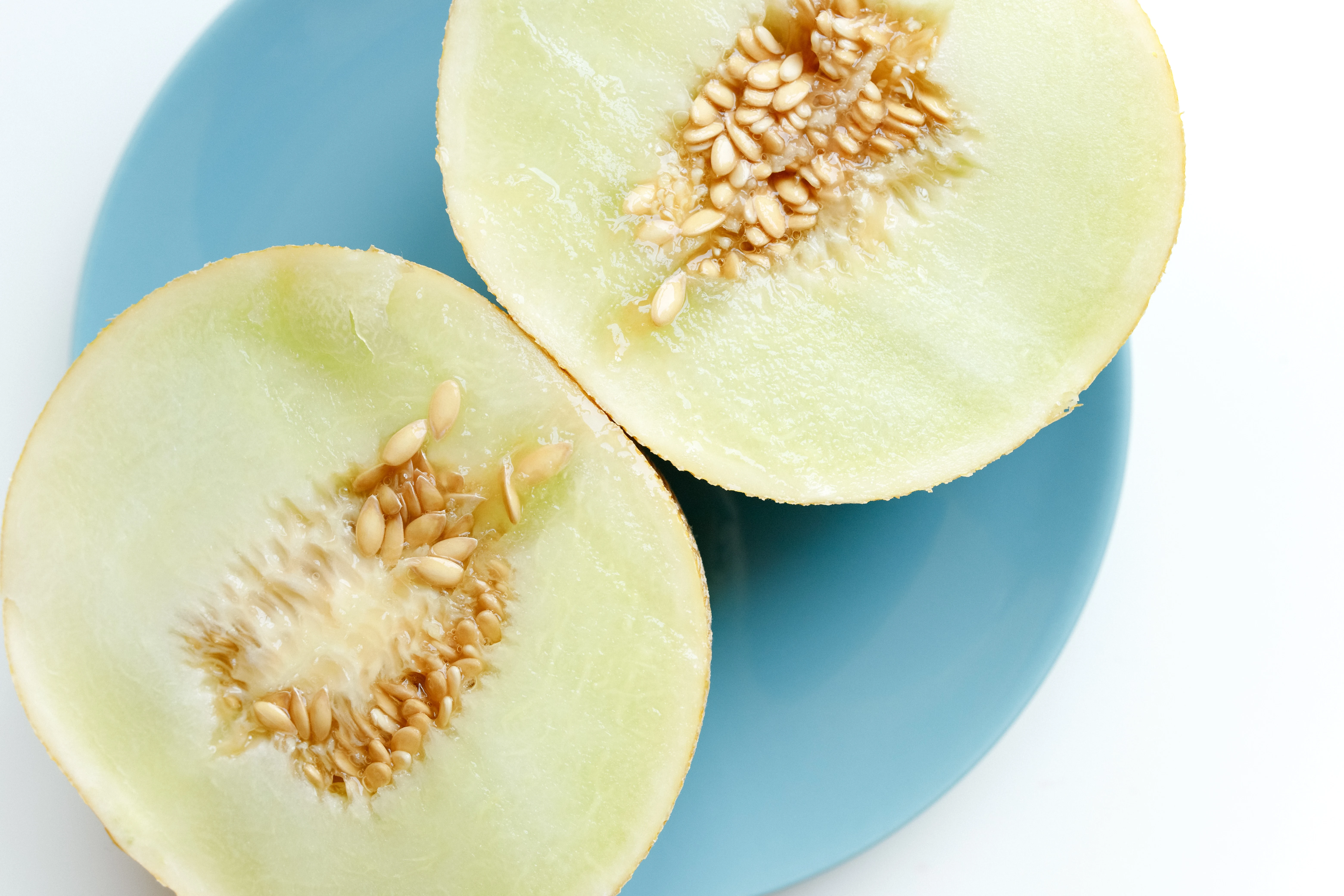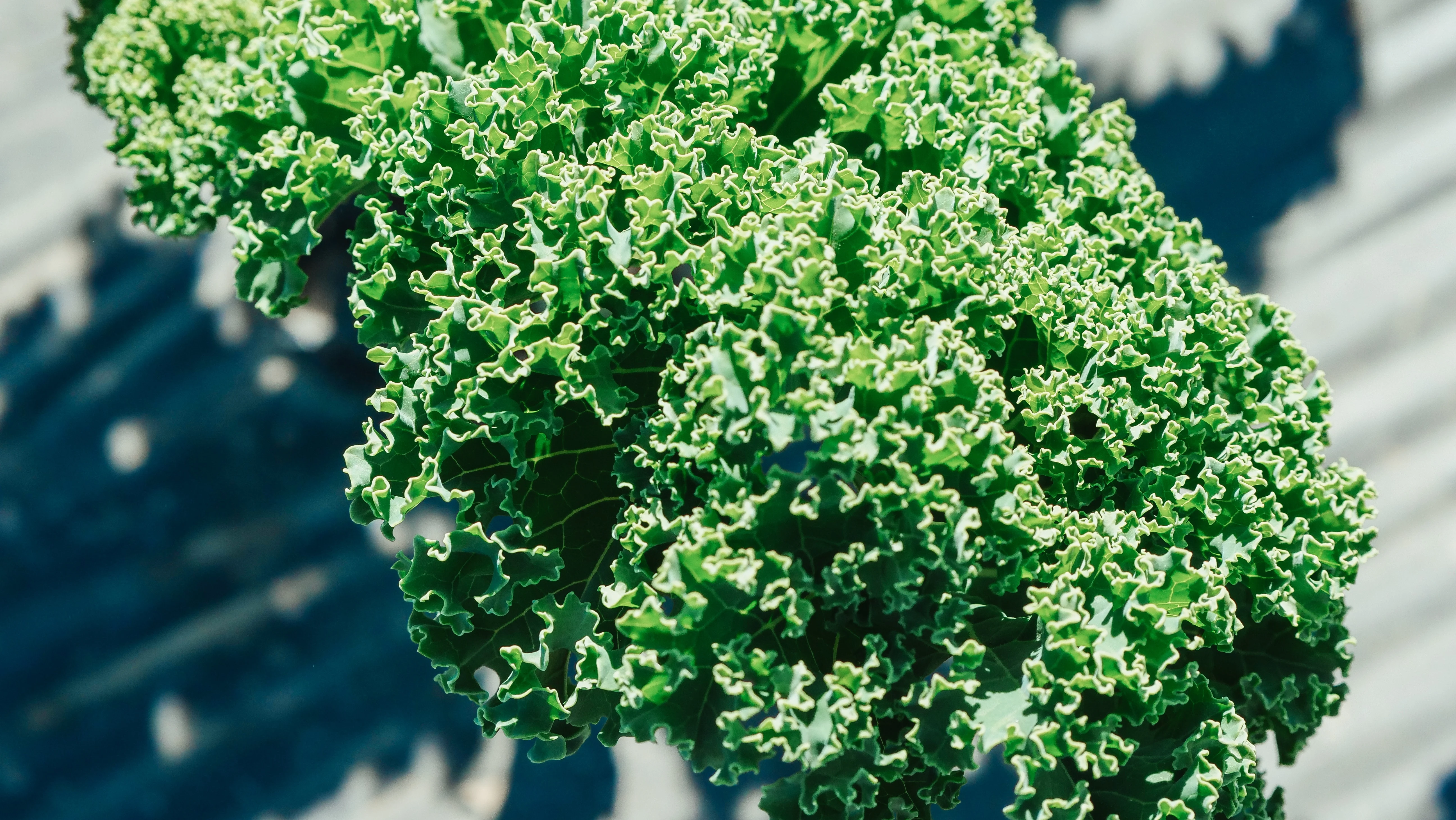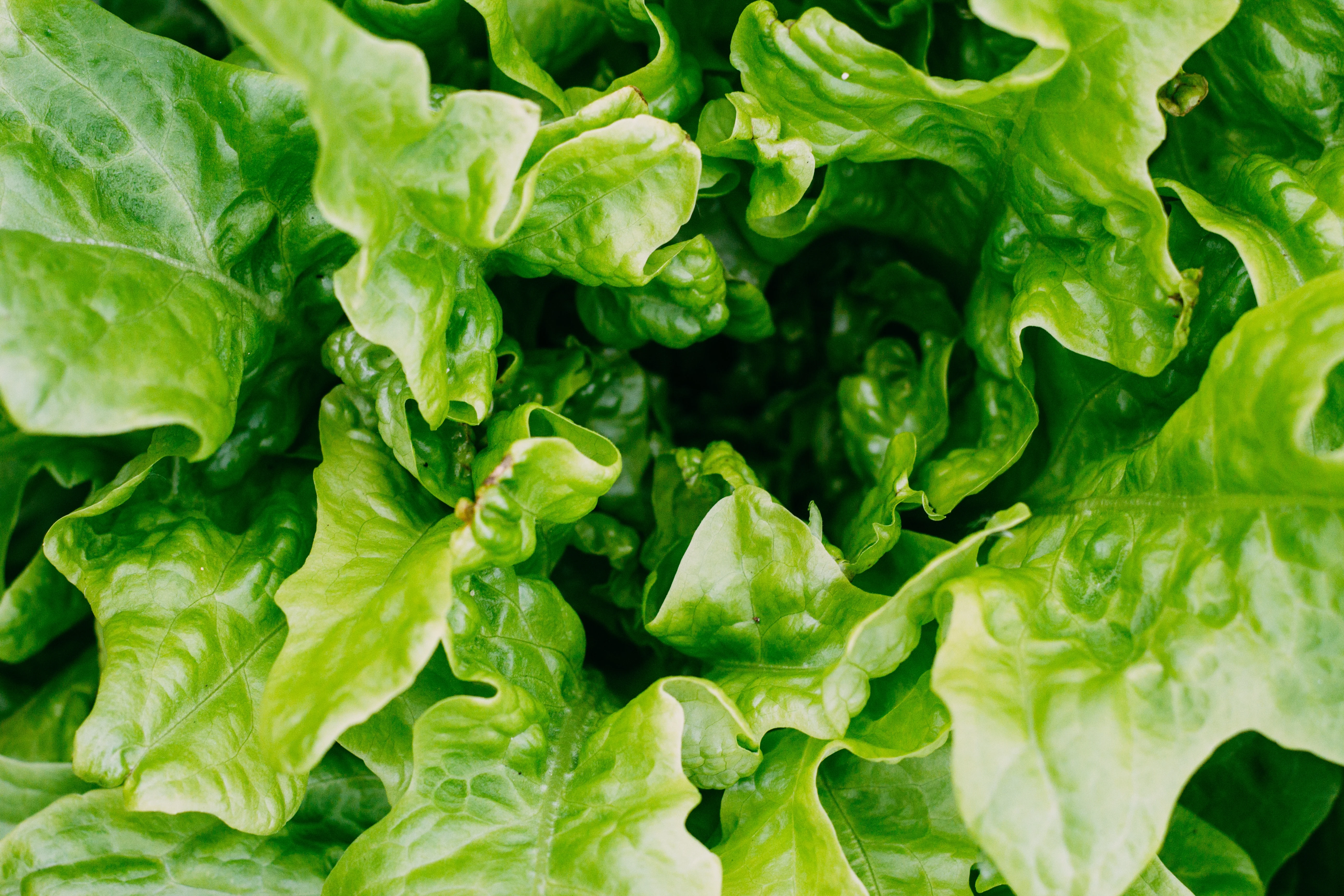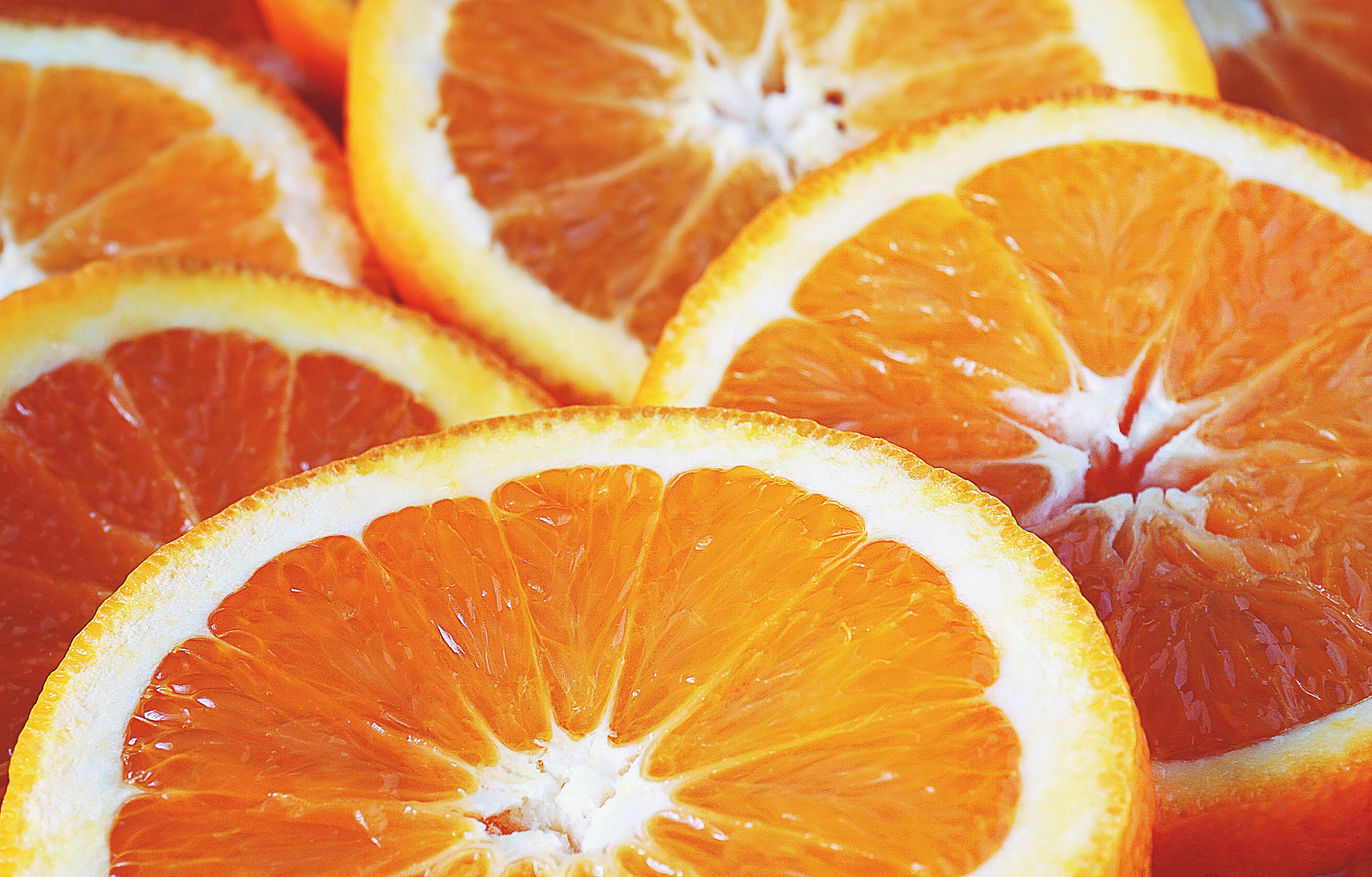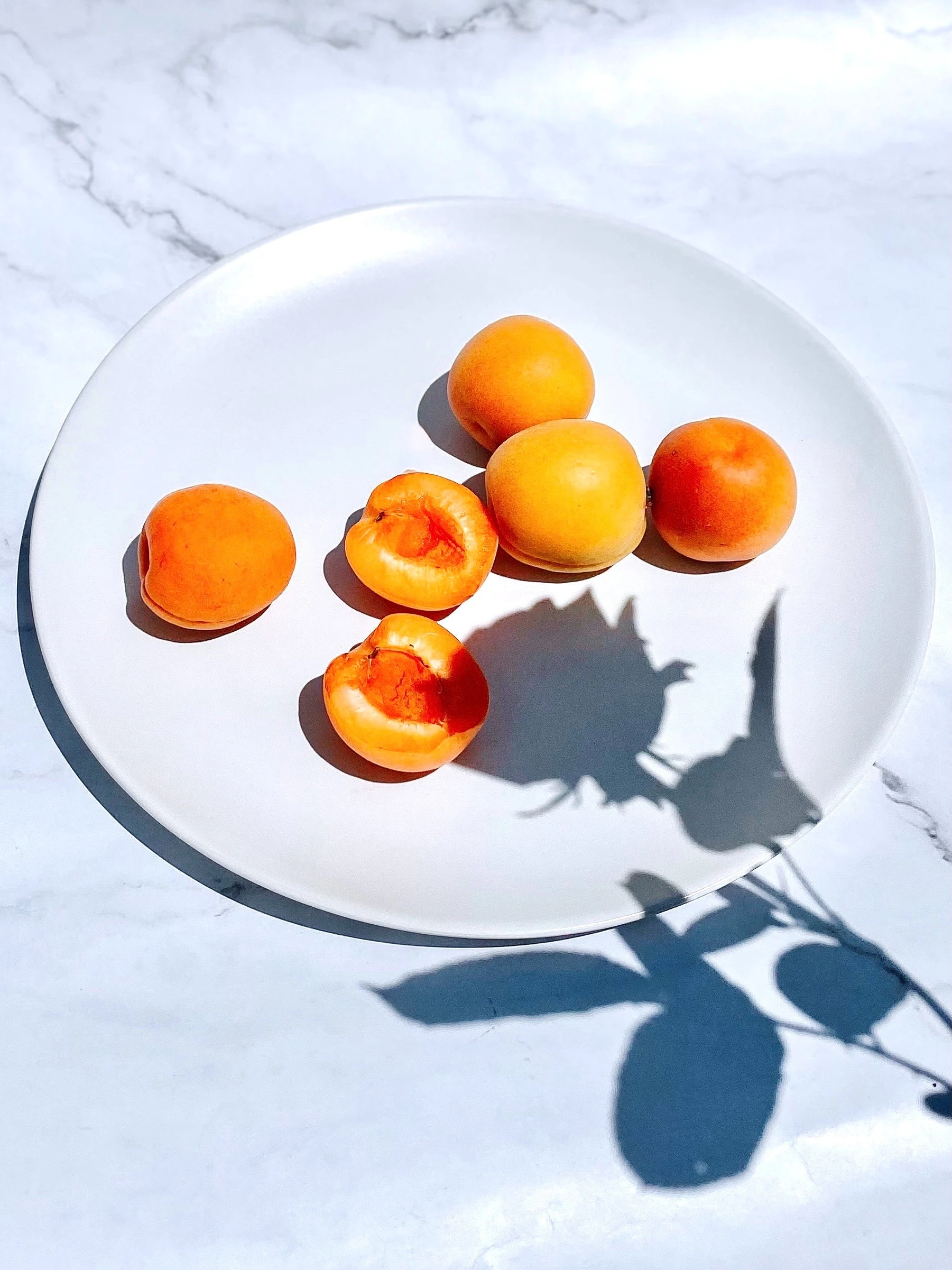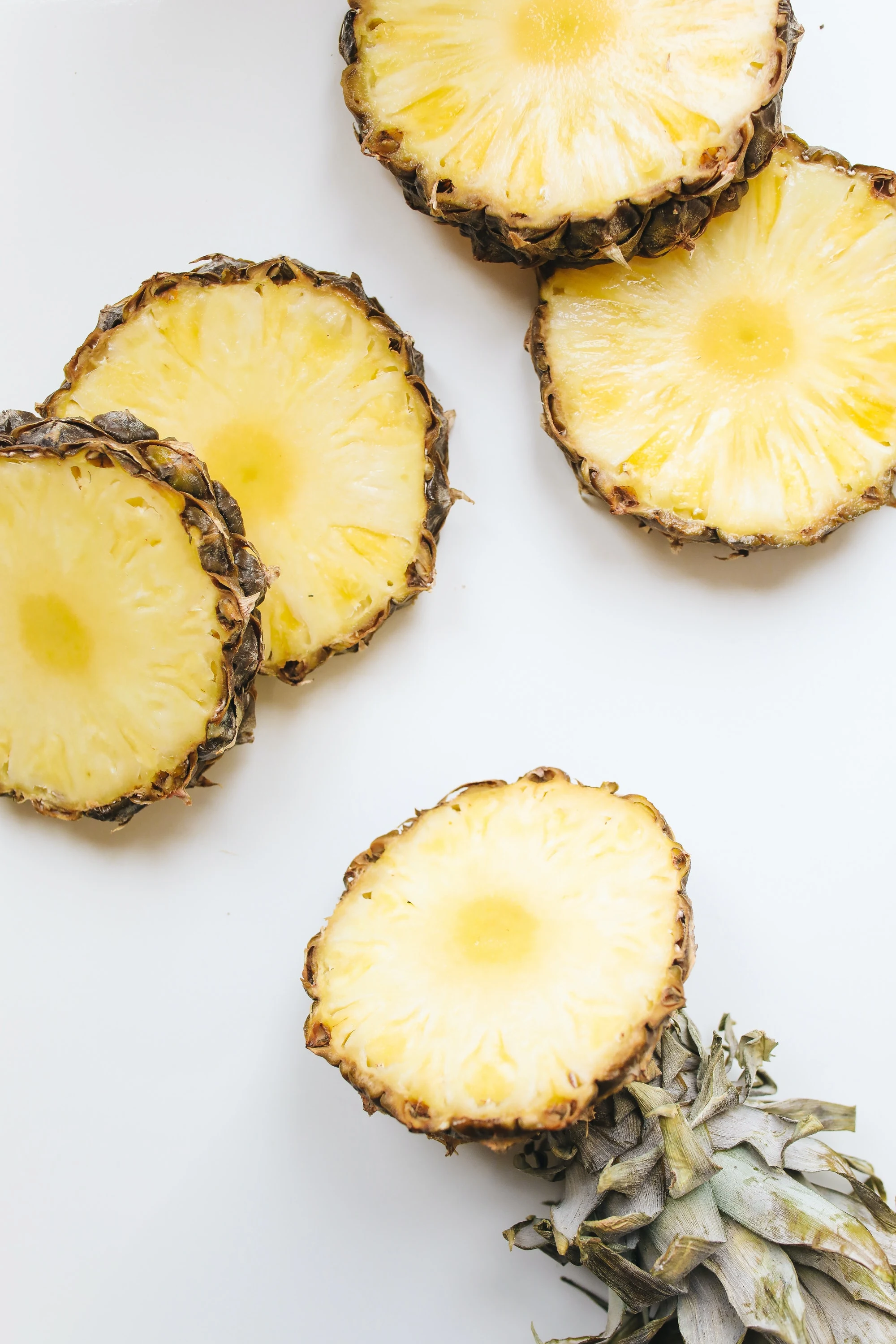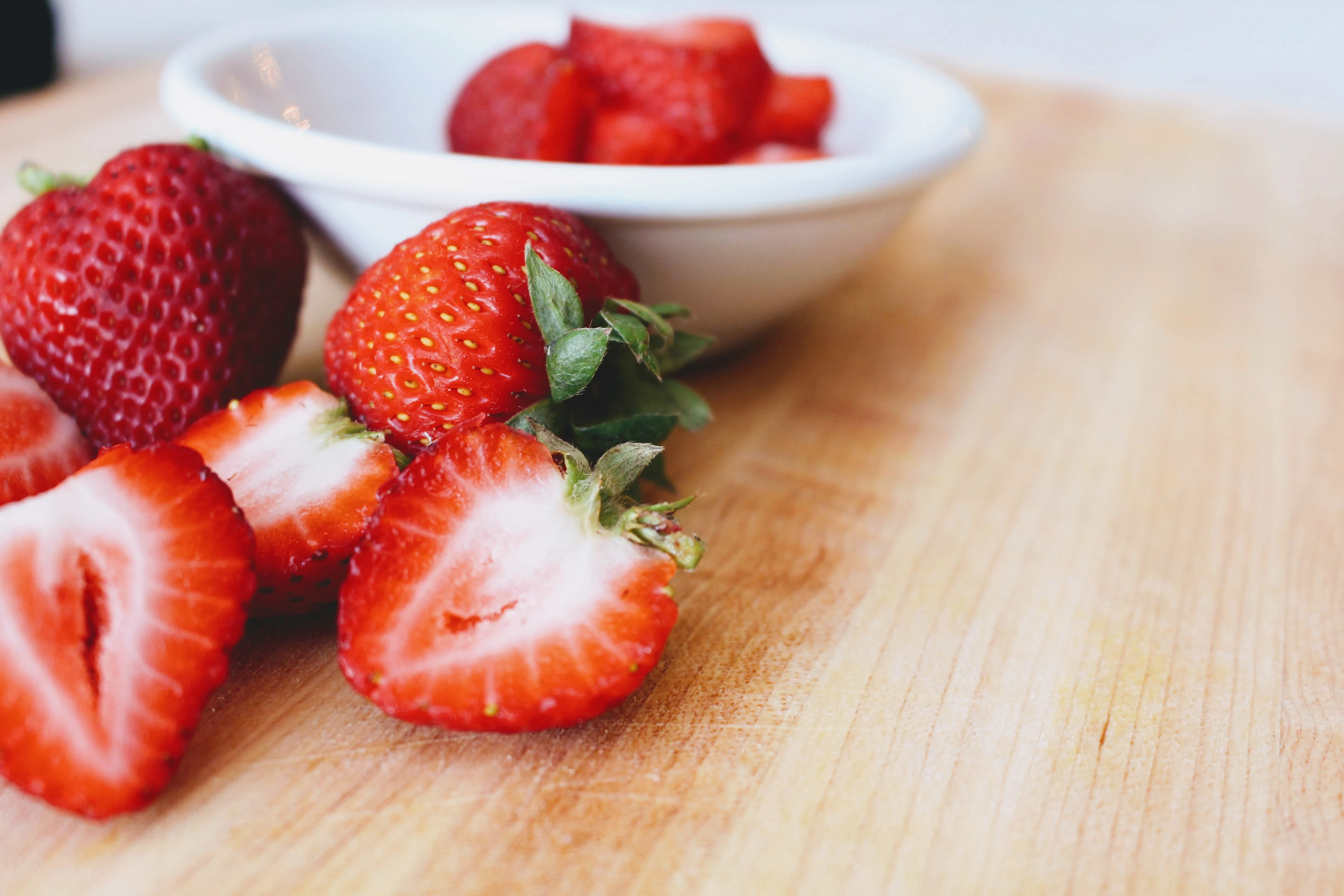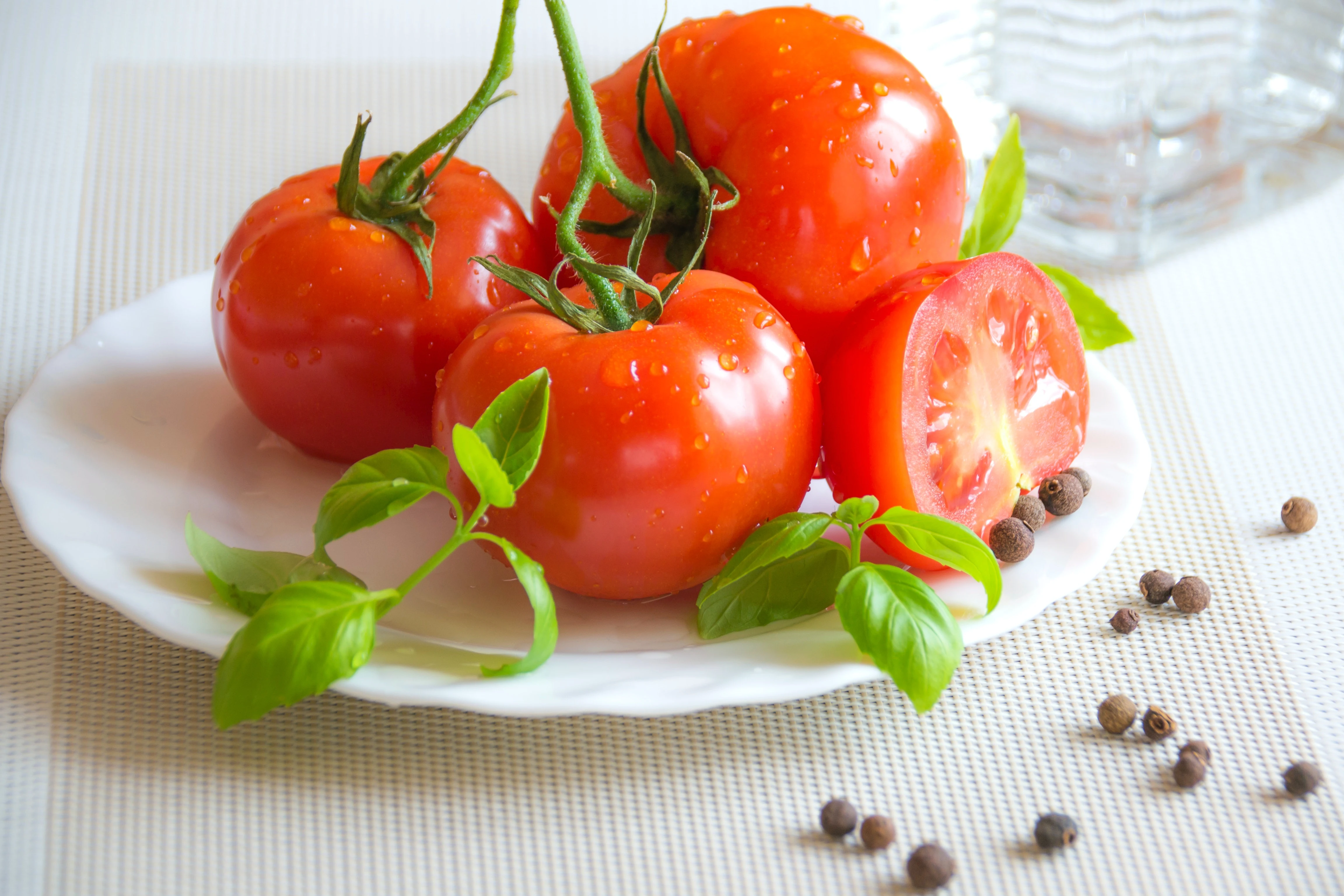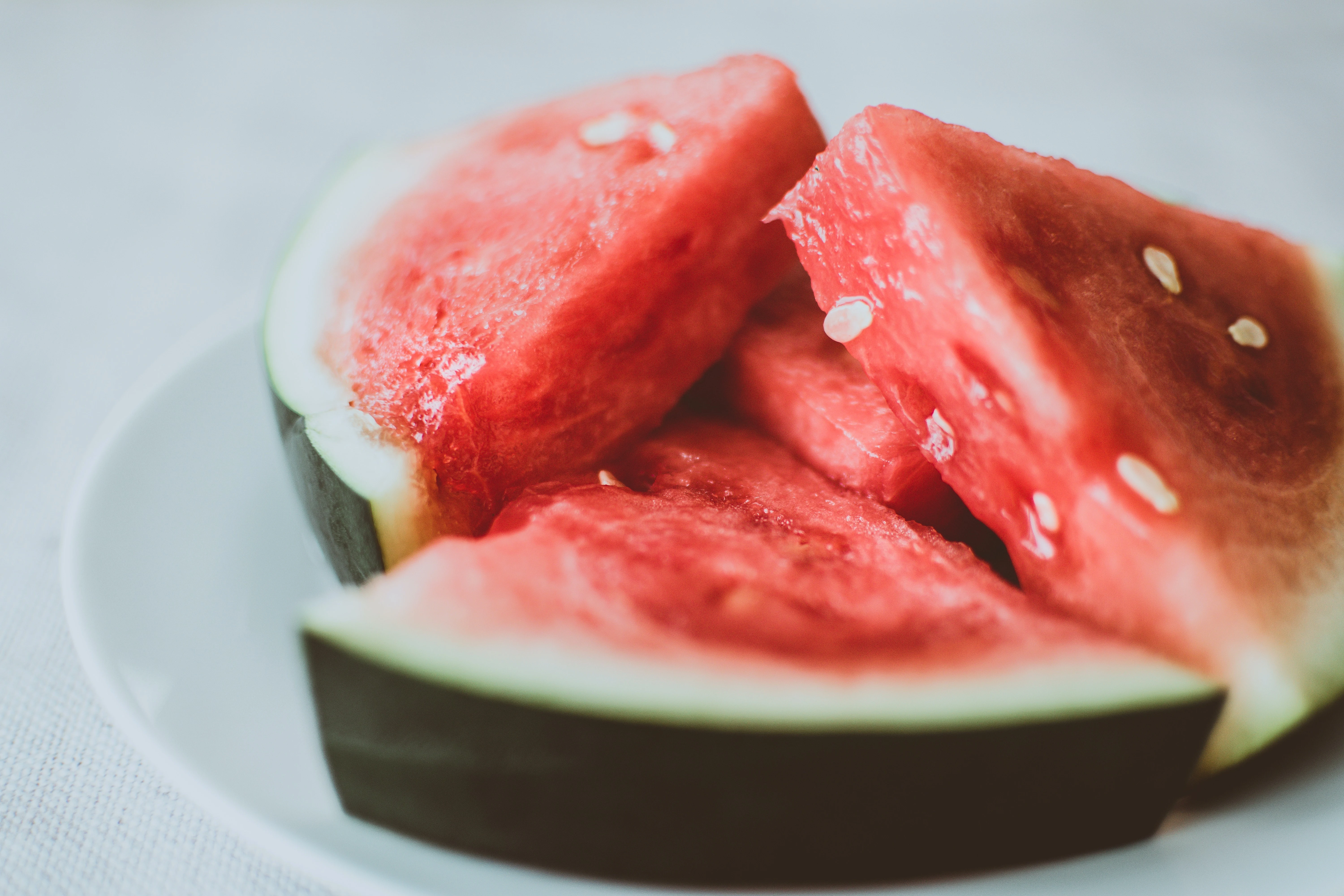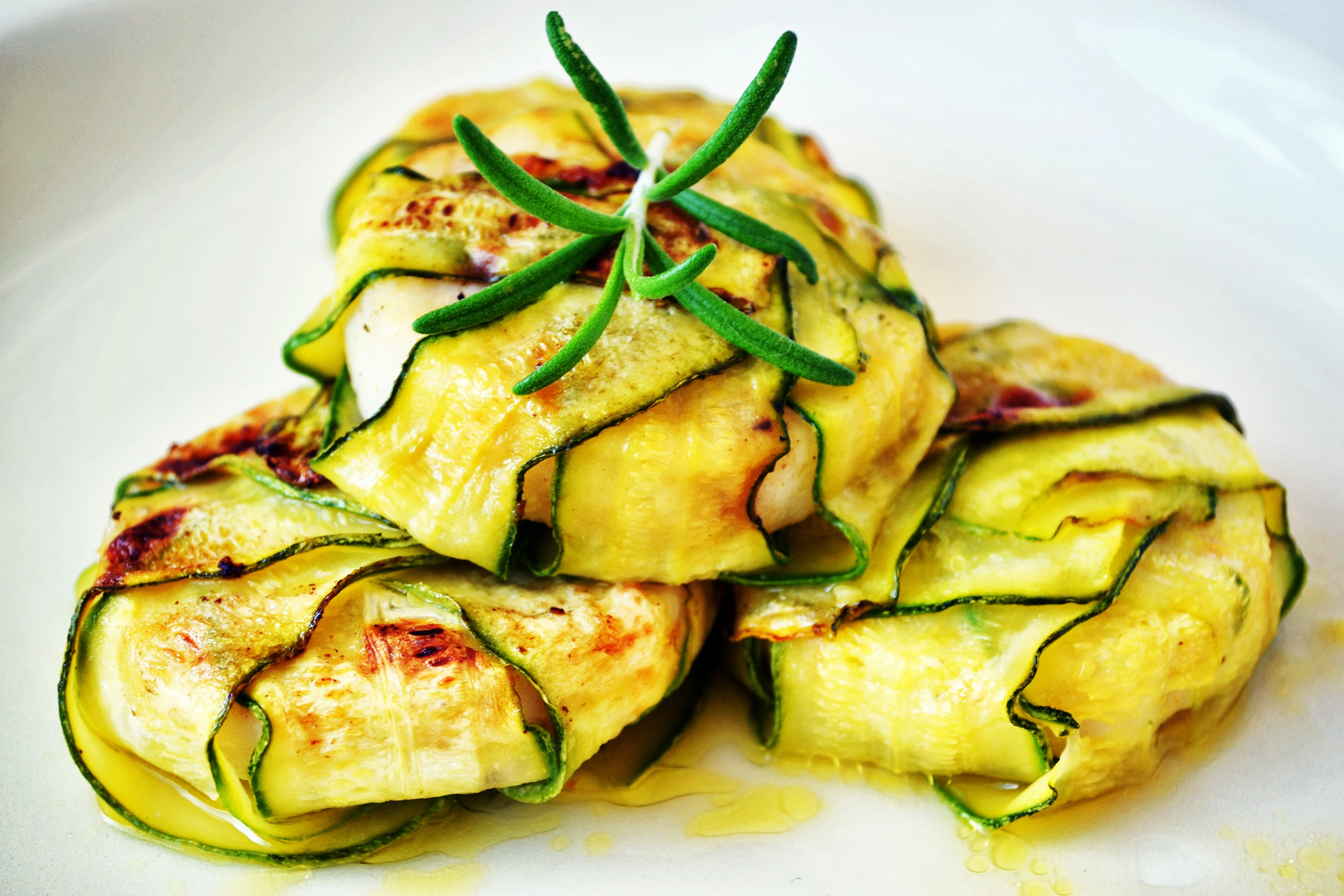Apples
Anyone who has attempted to eat an apple in public and ended up with juice dripping down their chin knows that apples contain a great deal of water. In addition, they are rich in fibre (3 grammes), a good source of vitamin C (10% of the daily value), and low in calories (about 50).Bell peppers
Concerning vitamin C, did you know that one cup of bell peppers has three times as much vitamin C as one orange? In addition, they contain antioxidants and are over 90% water!
Broccoli
Broccoli, a cruciferous vegetable that contains approximately 90% water, will keep your guests hydrated. In addition, eating broccoli raw is the best way to preserve its benefits, which include fibre, iron, and vitamins C and K.
Cantaloupe
Cantaloupe, another member of the melon family, is still packed with water despite not being a watermelon. Cantaloupe is one of the most pleasant summertime snacks when served chilled.
Carrots
Do you know how carrots appear when they become sad and dried out in the refrigerator? This is because they are primarily composed of water; to be accurate, around 88% water. Also, they are a healthy snack that can be added to a salad or eaten with a superfood like hummus.
Celery
You are not mistaken if you think of celery as green sticks of water. Celery is 95% water, making it a more nutritious vehicle for delivering dips, sauces, and spreads to your taste buds than carrots. Moreover, it is a rich source of potassium and vitamin K!
Cottage cheese
Although cheese can certainly be part of a healthy diet, only cottage cheese is promoted as a weight loss meal. The mystery? It's 80 percent water! Add some strawberries, raspberries, blueberries, or granola—or all four—and you have a refreshing summertime breakfast.
Cucumber
If the concept of cucumber water seems strange to you, consider that cucumbers are 96% water, so they are already cucumber water. It is the most aqueous item on this list. Enjoy!
Grapefruit
Guess the amount of water in a grapefruit. Ready for the response? This is one cup. A whole cup! It's also important to know that one grapefruit gives you more than twice the amount of vitamin C and a lot of antioxidants that you should get every day.
Honeydew
Honeydew melons have the same amount of water as cantaloupes, as well as vitamin C and potassium. This makes sense, since these two melons are often found together in fruit salads.
Kale
You are likely well aware of kale's superfood qualities, which include high concentrations of vitamins A, C, and K, as well as protein, fibre, and omega-3 fatty acids. But did you know it also includes a substantial amount of water? In fact, it's over 90 percent water!
Lettuce
Kale and the majority of lettuce species, including iceberg and romaine, contain a great deal of water. In terms of water content, iceberg lettuce ranks alongside cucumbers at the top of the list.
Oranges
Oranges are suitable for juicing not just because they taste delicious, but also because they contain water. Moreover, they include fibre, antioxidants, and vitamin C.
Peaches
Contrary to popular perception, not all peaches in downtown factories come from a can and are packed by a man. This kind is preserved in syrup, although fresh peaches are nutritious because of their vitamin A, C, E, and K content; fiber; potassium; and hydrating water content. Peaches are nearly 90% water!
Pineapple
Pineapples are great for three things: tropical drinks, pizza toppings (come on, fight us), and hydration, as they contain more than 85 percent water. If you're interested, they also include vitamins and beneficial enzymes such as bromelain, which helps with inflammation, digestion, sinusitis, and osteoarthritis.
Spinach
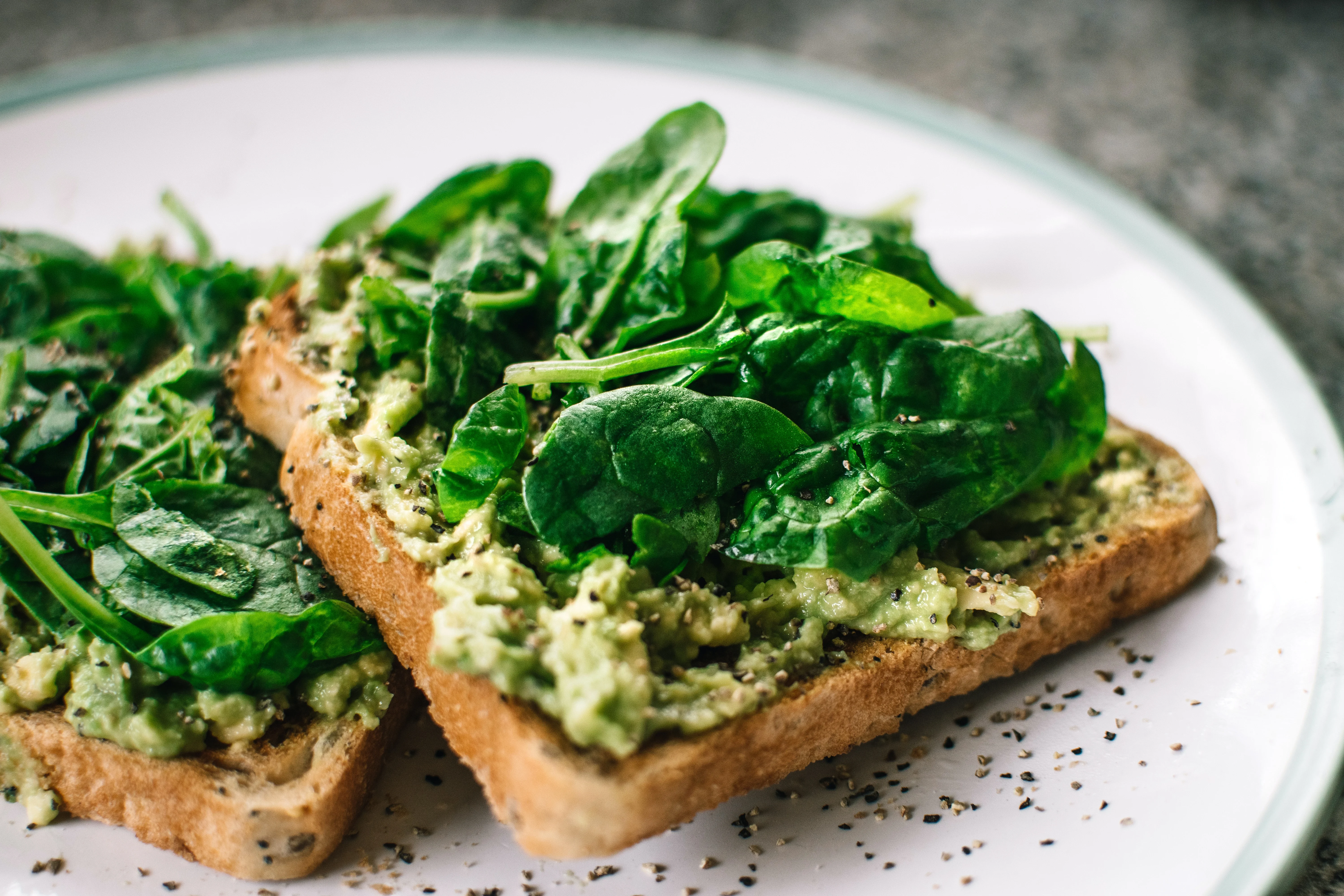
It's no wonder that spinach is offered in such vast amounts; it contains more than 90 percent water. The 10% of spinach that is not water is loaded with minerals such as calcium, magnesium, and carotenoids, making it a superfood.
Strawberries
Strawberries are highly juicy due to their high water content. Also, strawberries are a surprising source of vitamin C and antioxidants, so eat as many as you can while they are in season.
Tomatoes
Tomatoes take a lot of water, as anyone who has grown them knows. So it should come as no surprise that they also contain a great deal of water—about 95%. You don't need to be a gardener to understand this; you just need to have tasted a juicy tomato chunk!
Watermelon
It's not just a smart name; watermelon actually contains a great deal of water, which is why refreshing slices are frequently offered at barbecues. In addition, it has more lycopene than tomatoes and vitamins A, B, and C.
Zucchini
Although zucchinis may not contain quite as much water as cucumbers, they are extremely similar in appearance. Due to the high-water content of zucchini, you can grill them without drying them out.

